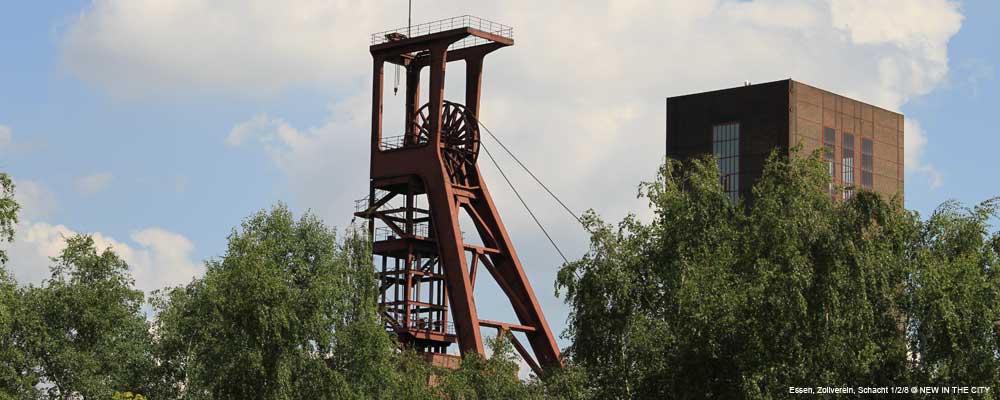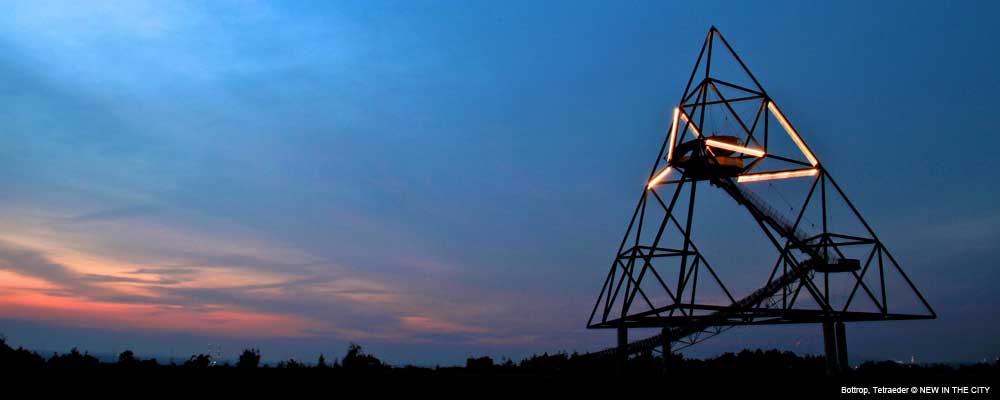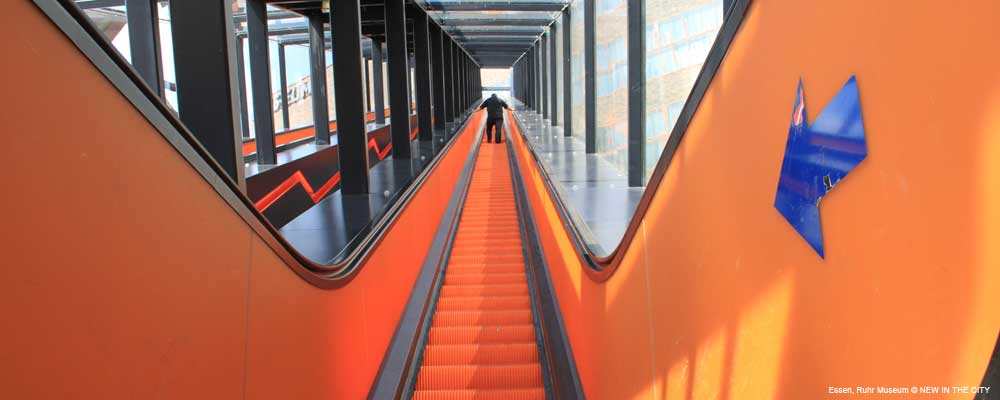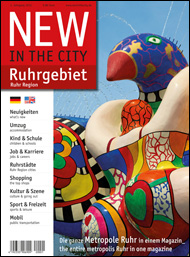If they weren’t already aware of it, people in the rest of Germany certainly learned about the variety of the Ruhr’s cultural landscape when Essen was named the European cultural capital for 2010.
It represented the 53 cities of the Ruhr regional association.
That title naturally imposes obligations: for example, numerous cultural projects were used as engines for urban regeneration, and the transformation from a coal region to a cultural metropolis was accelerated.
It all took place under the slogan “Change through Culture – Culture through Change.”
The Ruhr has totally re-invented itself in the course of the structural changes that have taken place since the end of the 1950s.
Idled industrial buildings, first and foremost the Zollverein mining works, which UNESCO named as a world cultural legacy in 2001, were re-purposed, becoming monuments, museums, leisure parks and cultural facilities.
And unique lighting artwork helped the Ruhr to shine anew, in the truest sense of the words.
One example is the Duisburg-Nord landscape park, where the lighting displays of Jonathan Park immerse the old smelting works into a fascinating sea of light and colors.
You can best explore the many industrial monuments and museums, such as the German Mining Museum in Bochum, by following the roughly 400-km long Route of Industrial Culture with its 52 main attractions.
Moreover, the Ruhr Valley offers lots of exciting locally and nationally known art museums, such as the Folkwang Museum in Essen.






